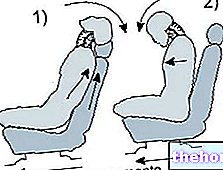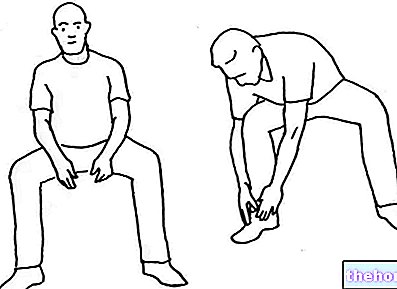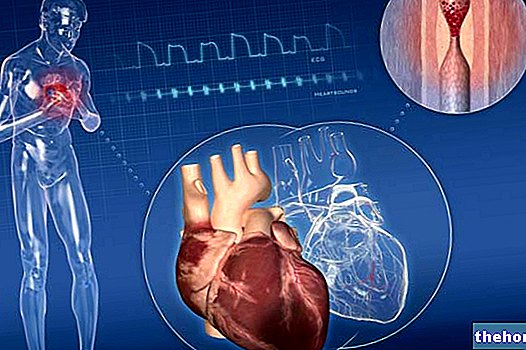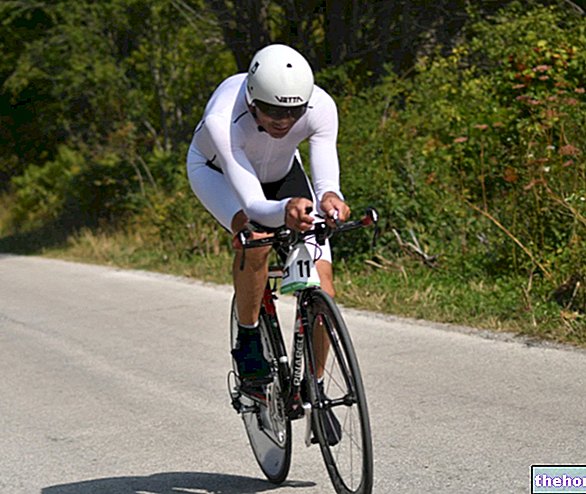Edited by Doctor Maurizio Cancenda
Sit in a comfortable position
For this lesson, you will need a stool or chair with a fairly stiff seat so you don't sink into your butt. Also put a mat and a head pad in front of the chair so that you can stretch out during breaks.

Sit on the front edge of the seat, with both soles of your feet resting comfortably on the ground. Sit naturally, without forcing yourself to stand up straight.
Draw the outline of your back in your mind, from the bottom to the head, as if you were tracing it on a sheet of paper. How are the curves in the lower part, the lumbar area, and in the upper part, the thoracic region? How are the shoulders oriented? What is the position of the head in relation to the torso? Do you feel it on axis or ahead? Remember the drawing of your posture for a comparison that we will do later.
Lie flat on your back, with your legs bent and your calves resting on top of the seat. As we have seen, this is an excellent position to rest the spine: the load on the intervertebral discs is minimal.

In this position, move the pelvis, leaving the sacrum resting on the ground, so that the lumbar area arches and flattens.
When the lumbar arches and moves away from the floor, the weight goes more in the lower part of the sacrum, towards the coccyx. When the lower back flattens and increases contact with the ground, the weight goes towards the upper part of the pelvis. . Move lightly and pleasantly. Allow movement of the pelvis to travel along the spine. Then let go and rest. Return as before, to a sitting position on the front edge of the seat and with the soles of the feet on the ground.
Gently move your pelvis so that the weight is alternately brought to the front and back of the ischium. When you bring the weight to the front your back arches, when you bring the weight back your back hunches. Make light and pleasant movements. When the weight goes forward, allow the chest to open and the gaze to go skyward, when the weight goes back, let the shoulders drop and look down. Repeat this coordination a few times and then rest on your back with your calves resting on the seat.

Return to the seat on the front edge of the seat and resume the movement of shifting your weight to the front and back of the ischium. When you bring the weight to the front your back arches, when you bring the weight back your back hunches. This time, however, reverse the direction of the gaze. When the weight goes forward and you arch your back look down, when the weight goes back and your back rounds, look up. The movement is the same as before, only the coordination of the eyes changes which has become unusual. As we have seen, unusual coordination is a great stimulus for our nervous system Remember that it is not necessary to make large movements.
When you need to, lie on your back and rest. Listen to your breath.

Feel the support on the two bones of the butt, the two ischium. Is the weight more central?
Mentally draw the profile of your back, from the bottom to the head: is it the same as before? How are the curves? What is the position of the head in relation to the torso? Do you feel it more aligned?
Other articles on "Educating the sitting posture"
- Feldenkrais® method and posture - third part
- Feldenkrais and posture
- Feldenkrais® method and posture - second part
- Feldenkrais ® method and posture - fifth part



























